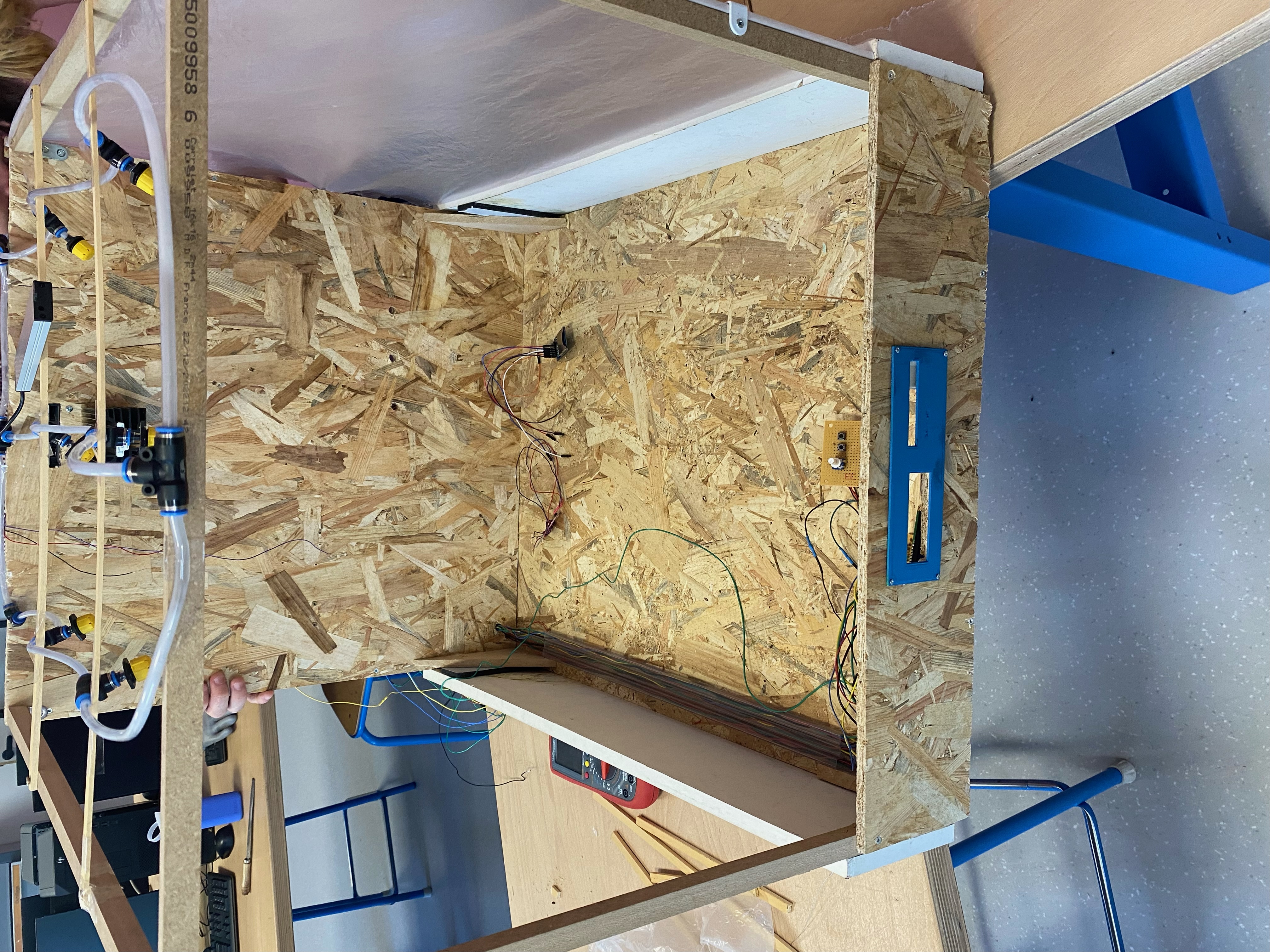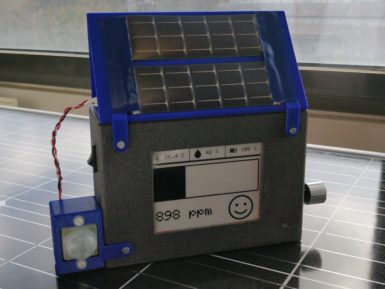
J-Link EDU Mini classroom package
Sold outSEGGER J-Link EDU Mini is a version of the SEGGER J-Link EDU debugger in a reduced form factor with identical functionality.
It has been designed to allow students and educational facilities as well as hobbyists access to top of the line debug probe technology.
Overview
Get the J-Link EDU Mini, offering the same functionality as the J-Link EDU but in a reduced form factor.
The J-Link EDU Mini Classroom Edition includes twelve J-Link EDU Mini units on special offer. Designed for education purposes and hobbyists, it provides access to top-of-the-line debug probe functionality. With a tiny form factor (18mm by 50mm, similar to a USB stick), users can enjoy full functionality.
It is JTAG and SWD supported and can only be used for non-commercial education purposes.
Other Details:
Various cores are supported by the J-Link EDU Mini. Find a complete list of supported cores here. J-Link also allows applications to access a CPU simultaneously, such as being used in parallel as a debugger. Like all SEGGER products, it is cross platform working on Windows, Linux and macOS.
Box Contents:
- 12 units of J-Link EDU mini
- 12 .05" 19-pin target cable
- 12 .05" 9-pin target cable
- 12 Micro USB cable
SEGGER J-Link debuggers are the most popular choice for optimizing the debugging and flash programming experience.
Documentation
Debugging with the Arduino IDE 2.0
Learn how to set up a Zero board, J-Link and Atmel-ICE debuggers with the Arduino IDE 2.0, and how to debug a program.
Using the Segger J-Link debugger with the MKR boards
Learn how to set up a MKR board with the Segger J-link debugger.
Get Inspired

Just a simple and enjoyable autonomous greenhouse

Humans are animals and like all animals, we evolved in mostly outdoor conditions where the air is nice and fresh. But modern society keeps most of us indoors the vast majority of the time, which could have negative health effects. There are many potential hazards, including a lack of sunlight and psychological effects, but CO2 may pose a more tangible risk. To keep tabs on that risk within classrooms, a team from Polytech Sorbonne built this small CO2 monitor. This CO2 monitor performs two functions: it shows anyone nearby the CO2 levels in the area and it uploads that data over LoRaWAN to a central hub that can track the levels across many locations. A school could, for example, put one of these CO2 monitors in every classroom. An administrator could then see the CO2 levels in every room in real time, along with historical records. That would alert them to immediate dangers and to long term trends. At the heart of this CO2 monitor is an Arduino MKR WAN 1310 development board, which has built-in LoRa® connectivity. It uses a Seeed Studio Grove CO2, temperature, and humidity sensor to monitor local conditions. To keep power consumption to a minimum, the data displays on an e-ink screen and an Adafruit TPL5110 timer only wakes the device up every ten minutes for an update. Power comes from a lithium-ion battery pack, with a DFRobot solar charger topping up the juice. It uploads data through The Things Network to a PlatformIO web interface. An Edge Impulse machine learning model detects anomalies, so it can sound a warning even if nobody is watching. The enclosure is 3D-printable.





